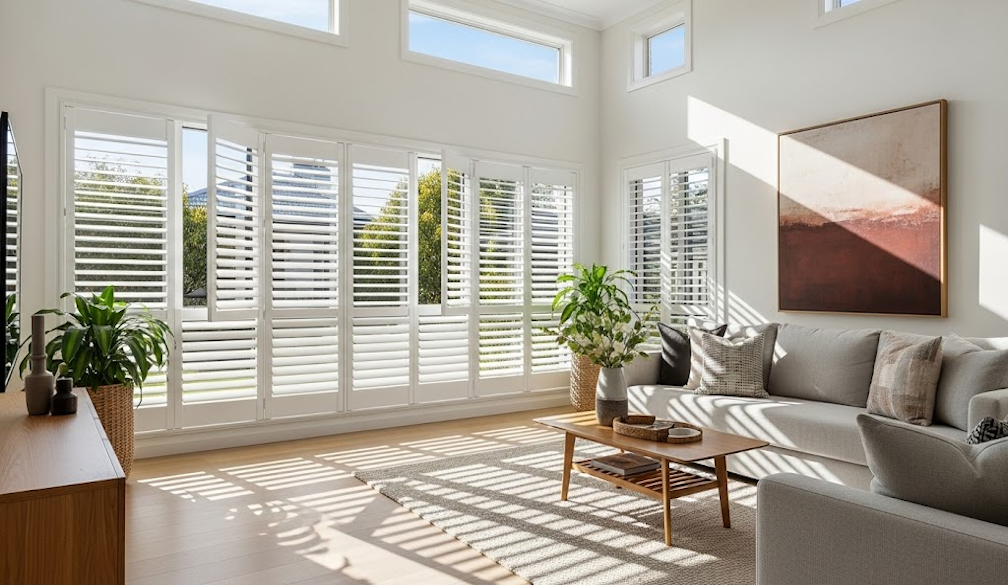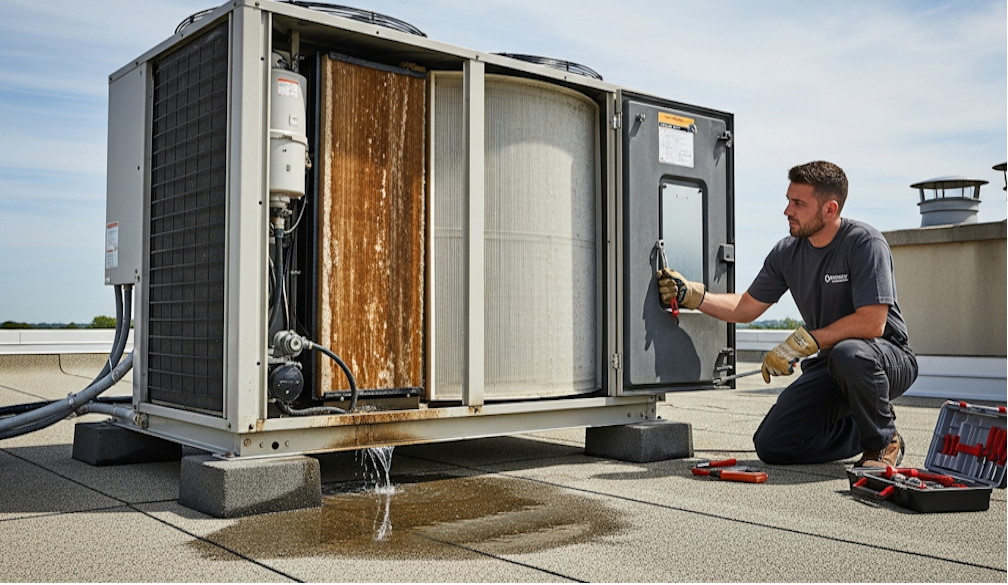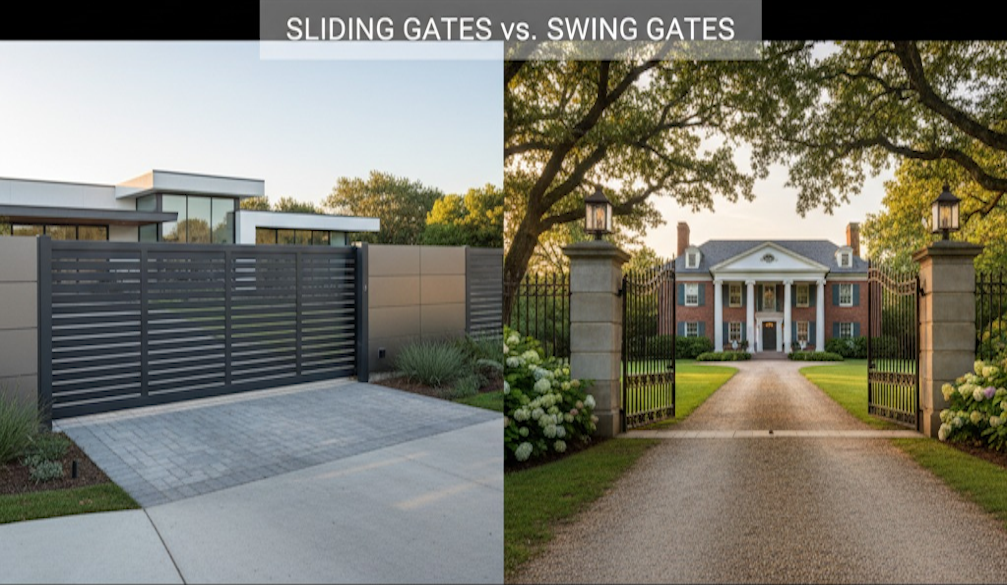Shutter Blinds – Functional Window Solutions for Modern Living

Window coverings are a crucial element of interior design, and shutter blinds have emerged as a stylish, durable, and functional option for homeowners seeking a balance of light control, privacy, and visual appeal. Unlike traditional curtains or roller blinds, shutter blinds combine the solid structure of shutters with the adjustability of blinds, offering the best of both worlds.
These versatile window solutions are increasingly popular across Australia, where light, airflow, and privacy are essential considerations. Whether for a contemporary home, a coastal retreat, or a compact apartment, shutter blinds adapt effortlessly to any space.
What Are Shutter Blinds and How Do They Work?
Shutter blinds are made of solid panels fitted with horizontal slats—or louvres—that can be tilted to adjust light and airflow. These blinds are typically installed inside window frames and are often divided into sections that allow independent operation of top and bottom panels.
This design flexibility means you can let light in at the top while keeping the bottom closed for privacy. It's a practical, elegant solution for urban homes, bedrooms, and ground-level living spaces where control over visibility and light is a priority.
Aesthetic Appeal That Suits Any Interior
One of the reasons shutter blinds are so popular is their timeless appearance. They lend a clean, architectural look to any room, acting as both a functional window covering and a decorative feature. Available in a range of materials, colours, and finishes, shutter blinds can be styled to match contemporary, traditional, coastal, or even industrial interiors.
Their neat profile and fixed installation also make them ideal for rooms with limited space, where heavy curtains or bulky blinds may not be suitable.
Superior Light and Privacy Control
Shutter blinds provide excellent control over natural light and visibility. By simply adjusting the louvres, homeowners can reduce glare, prevent furniture fading, and protect privacy without losing access to natural light. Unlike curtains, which require full opening or closing to adjust light, shutter blinds allow for precise control at any time of day.
This is particularly valuable for home offices, bedrooms, or street-facing living areas where lighting needs change throughout the day.
Energy Efficiency Benefits
In a climate like Australia’s—where summers can be intense and winters chilly—insulation is key. Shutter blinds act as an effective barrier between indoor and outdoor temperatures, helping regulate interior conditions throughout the year. Their thick panels reduce heat transfer through windows, improving your home's energy efficiency and reducing reliance on heating and cooling systems.
When combined with double-glazed windows, shutter blinds can lead to significant savings on energy bills.
Durability and Low Maintenance
Compared to fabric blinds or curtains that need regular washing or replacing, shutter blinds require minimal upkeep. A simple dusting or wipe with a damp cloth keeps them looking pristine. Materials like PVC, aluminium, or treated timber are designed to resist moisture, warping, and discolouration, making them perfect for high-humidity areas like bathrooms and kitchens.
The robust build of shutter blinds also means they last longer than most other window treatments—making them a cost-effective choice over time.
Material Options for Every Room
Homeowners can choose from various materials when selecting shutter blinds to suit the intended environment. PVC is lightweight, moisture-resistant, and budget-friendly, ideal for bathrooms and kitchens. Timber adds natural warmth and elegance, making it a great option for living rooms and bedrooms. Aluminium provides extra durability and weather resistance, suitable for outdoor spaces or coastal homes.
Each material offers different finishes and colour options, allowing for customisation that aligns with existing decor.
Custom Fit and Design Flexibility
Whether you have small square windows, large sliding doors, or unusual arch shapes, shutter blinds can be custom-made to fit perfectly. Their design flexibility means they can be installed inside window recesses, over large glass panels, or even on sliding tracks for wide openings.
Customisable options also include louvre width, tilt rod placement (central or hidden), and opening styles like hinged, bifold, or sliding panels.
Increased Property Value and Appeal
Because they are seen as a premium window treatment, shutter blinds often enhance the perceived value of a home. Buyers are drawn to the idea of long-lasting, attractive fixtures that don’t require immediate upgrading. For those planning to sell, installing shutter blinds is a strategic move that can improve presentation and attract higher offers.
Their impact on curb appeal and interior styling also adds to a property's marketability.
Indoor and Outdoor Use
While often used indoors, shutter blinds can also be installed externally. Outdoor shutter blinds provide sun protection, privacy, and ventilation while enhancing the appearance of balconies, patios, and decks. Aluminium models in particular are built to withstand weather extremes, making them ideal for coastal areas or homes with exposed outdoor spaces.
Conclusion
Practical, stylish, and highly durable, shutter blinds are an ideal window treatment for Australian homes. They offer unmatched control over light, privacy, and airflow while adding a refined architectural element to every room. With custom design options, low maintenance, and long-term value, shutter blinds continue to be a favourite among homeowners seeking form and function in perfect balance.




